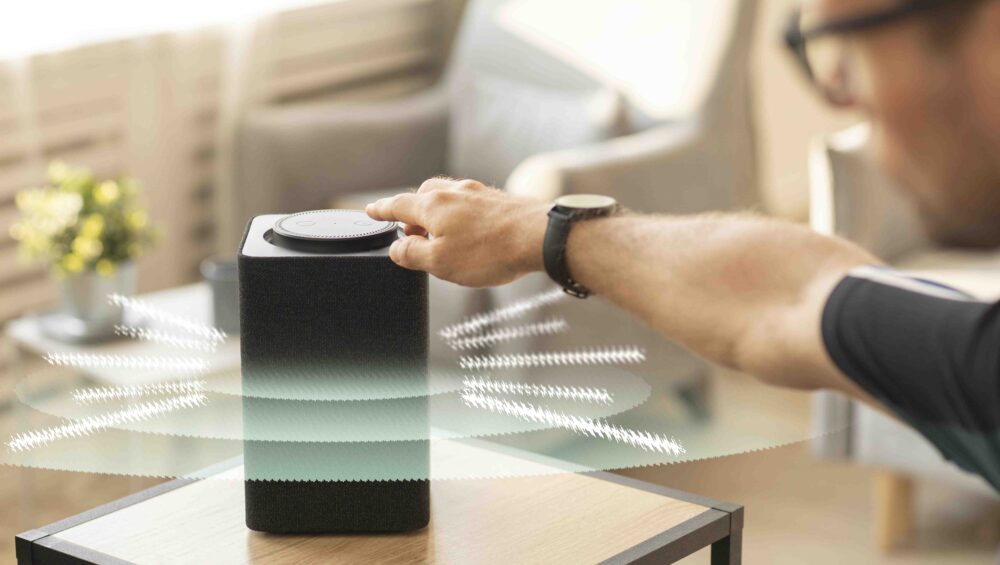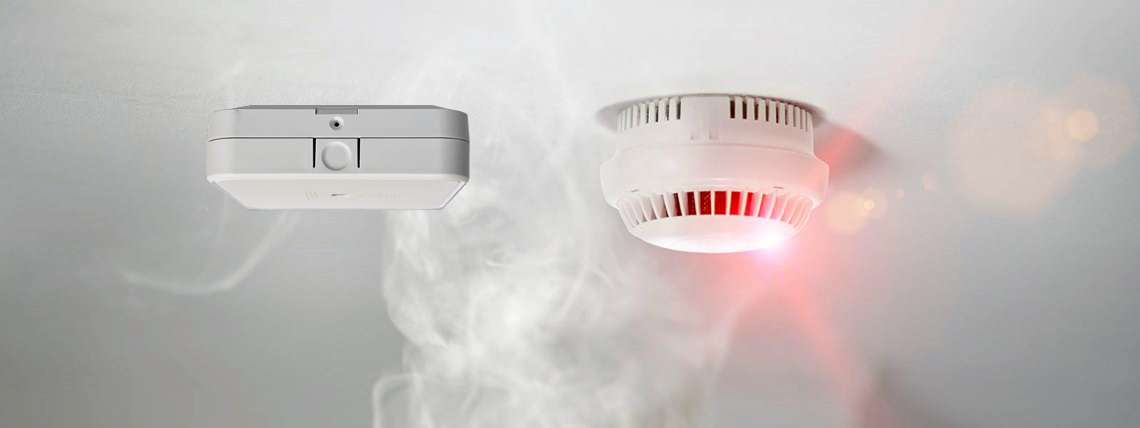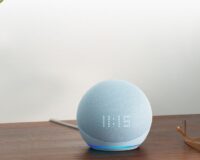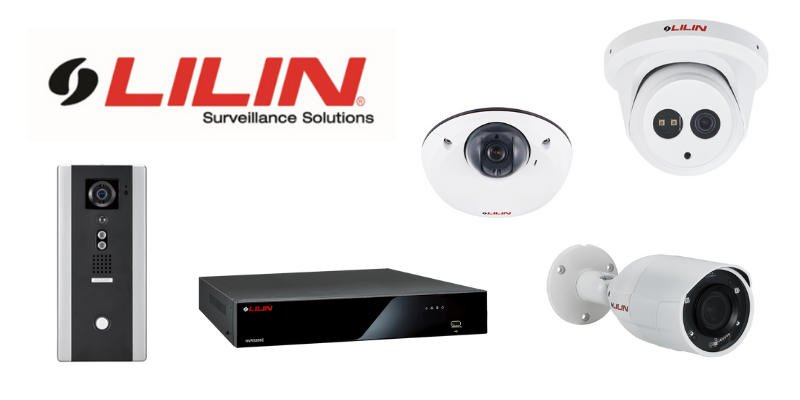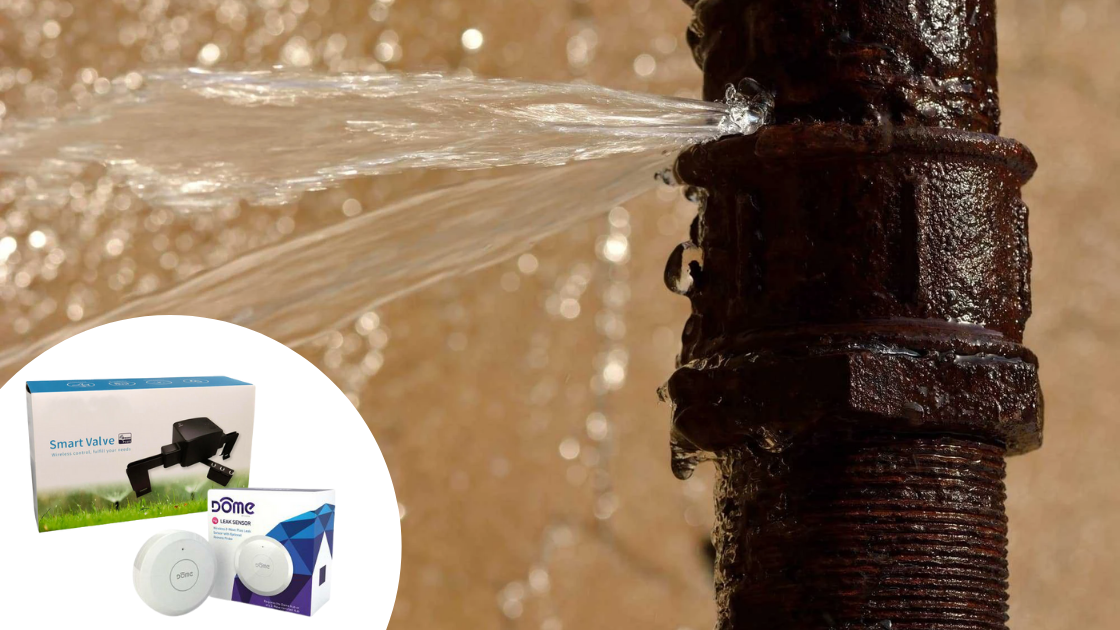You’ve heard it on the news, felt it at the register, and probably see it in your bank account: Money is tight. These devices will redefine frugal living by reducing energy consumption and associated costs.
Although it may seem illogical at first, can actually help you save money. While it’s true that the upfront cost of many popular smart devices will be higher than that of a “dumb” alternative, the money you save on utilities over time will more than make up the difference.
The US Bureau of Labor Statistics reports that the price of utility gas in August was 25% higher than the same month a year earlier. People are feeling the pinch as a result of rising grocery prices, electricity price increases of 14% in the same time period, inflation, and the possibility of a recession. We can all do our part to protect the environment and our wallets by making a few simple adjustments to our daily routines that will result in significant energy savings. Your utility bills may decrease after only a few months of putting these measures into effect.

The 3 smart home technologies that will slash your utility expenditures:
1. Digital thermostat
Smart thermostats put an end to arguments over the temperature once and for all. The initial investment of $100 to $300 for a programmable thermostat may seem high, but the savings it provides can quickly pay for itself. Furthermore, upgrading to a smart thermostat could qualify you for a reimbursement.
With a smart thermostat, you can adjust the temperature from anywhere, not just at home, so you’ll never again sweat over whether or not you remembered to turn off the air conditioning before you left. Alternatively, you can automate tedious tasks by setting up scenarios, which will run automatically. Did you know that by adjusting your thermostat by just 7-10 degrees for 8 hours a day, you can save up to 10% on your annual energy costs? This need not be a source of distress. You probably don’t need your house to be kept at 72 degrees when you’re at work during the day. The savings from leaving the temperature at 80 degrees during the warm months and 62 degrees during the cold months can be substantial. A smart thermostat, however, can do all of this mechanically for you.
You may program your Alexa, Google, or HomeKit-enabled smart thermostat to make temperature adjustments on a schedule or in response to triggers like “Alexa, I’m going to work.”
2. Smart lamps
You’ve probably heard the one about the frugal father who shuts off lights all over the house. I am that father.
Here’s when the brilliance of smart lighting becomes apparent: When it comes to saving money on electricity, LED bulbs are your best bet. All of the following choices are LED bulbs that can be used in place of regular incandescent lights.
In addition to the obvious energy savings of LED bulbs, the added convenience of a smart lightbulb means you’ll never again have to worry about forgetting to turn off a light. You can also set a schedule for your smart lights, so that they automatically switch off at 11 p.m. every night, for example, so that you never leave a light on by mistake.
Although some smart devices can be costly, there are a number of high-quality smart lights available at reasonable prices. To get started without spending too much, just find out which lights get the most use (or, in my case, the ones I constantly forget to turn off) and replace them with smart bulbs. How to program Alexa to turn on and off smart lights when motion is detected energy use and lumen output. On average, LED lights use 75% less energy than traditional incandescent bulbs. When shopping for an incandescent bulb, the wattage was once a reliable indicator of the light output to be expected. However, lumens, the unit used to measure light output, is the one you should keep an eye on when considering LED lights. A higher lumen count indicates a more powerful light source. While both incandescent and LED bulbs may produce the same amount of light (in lumens), the LED bulb typically uses 80 percent fewer watts to do it. The standard brightness of a 60W incandescent bulb is 800 lumens. However, a 9-watt LED bulb can produce the same 800-lumen light output.
3. Electrical plugs that are connected
Power usage can be managed most effectively by installing smart plugs or outlets directly into wall outlets. While a smart outlet would need to replace your current outlet, all you’d have to do is put in a smart plug. The advantages of a smart plug or outlet cannot be overstated: You can control the lights in your home from anywhere with your mobile device, including setting schedules, triggers, scenes, and automations. Additionally, some of these gadgets provide energy monitoring capabilities, allowing you to track the energy used by the devices you have plugged into them over time. A weapon that can shoot infrared and radio waves
Here’s the kind of cheap gadget that can turn your dumb machines into smart ones. Connecting your smartphone to your remote-controlled appliances like fans (ceiling or pedestal), fireplaces, portable air conditioners, and blinds is easy using an IR/IF blaster.
The blaster can replace all of your dumb devices’ remote controllers, so you can manage them from anywhere using an app on your smartphone or tablet.
I enjoy economizing whenever possible. As the family’s primary money manager, I’ve noticed how the cost of groceries, household supplies, and utilities have all increased. These smart devices may be well worth the initial expenditure if they help you save enough money.

